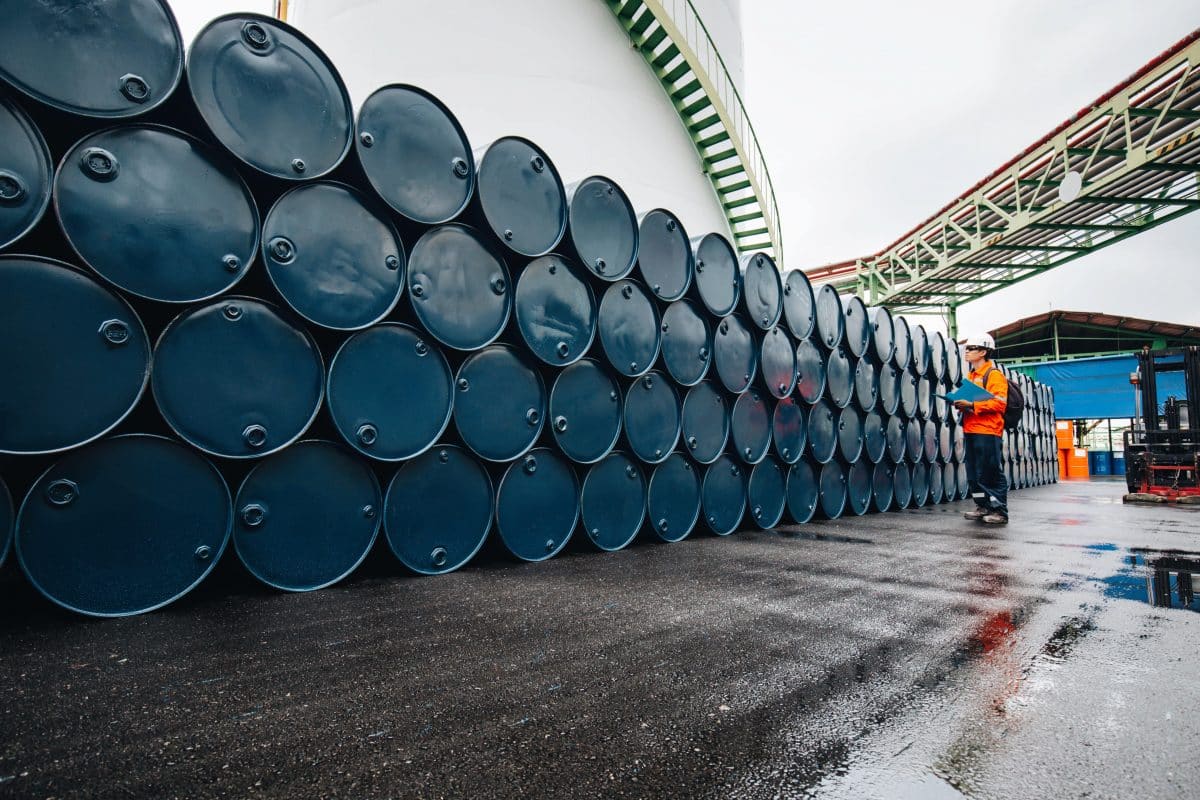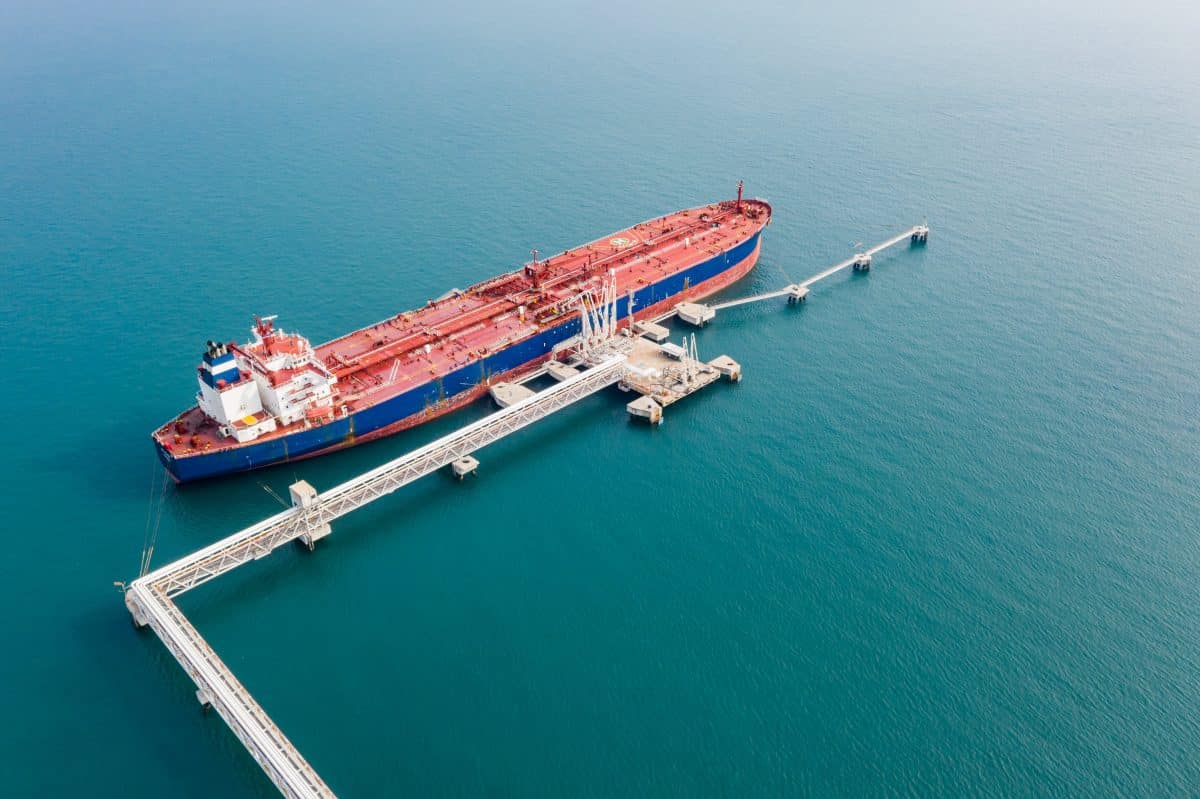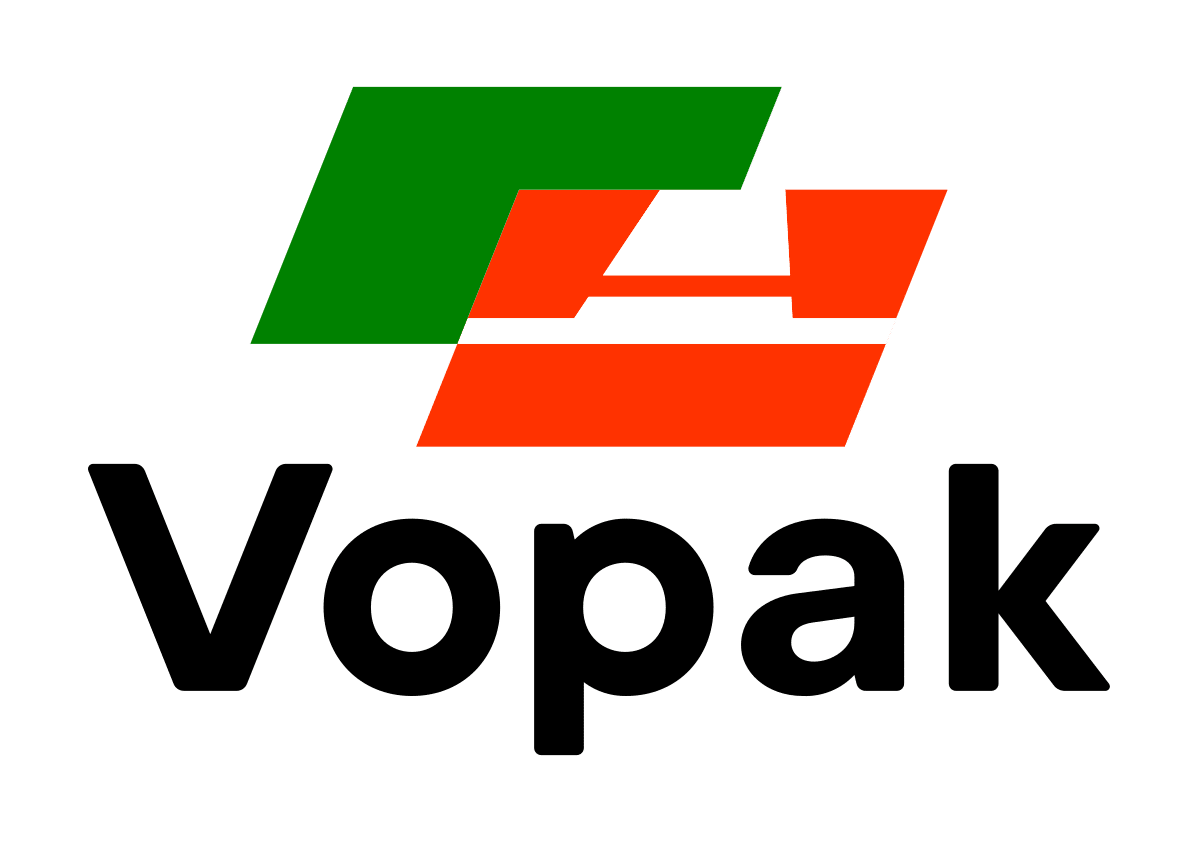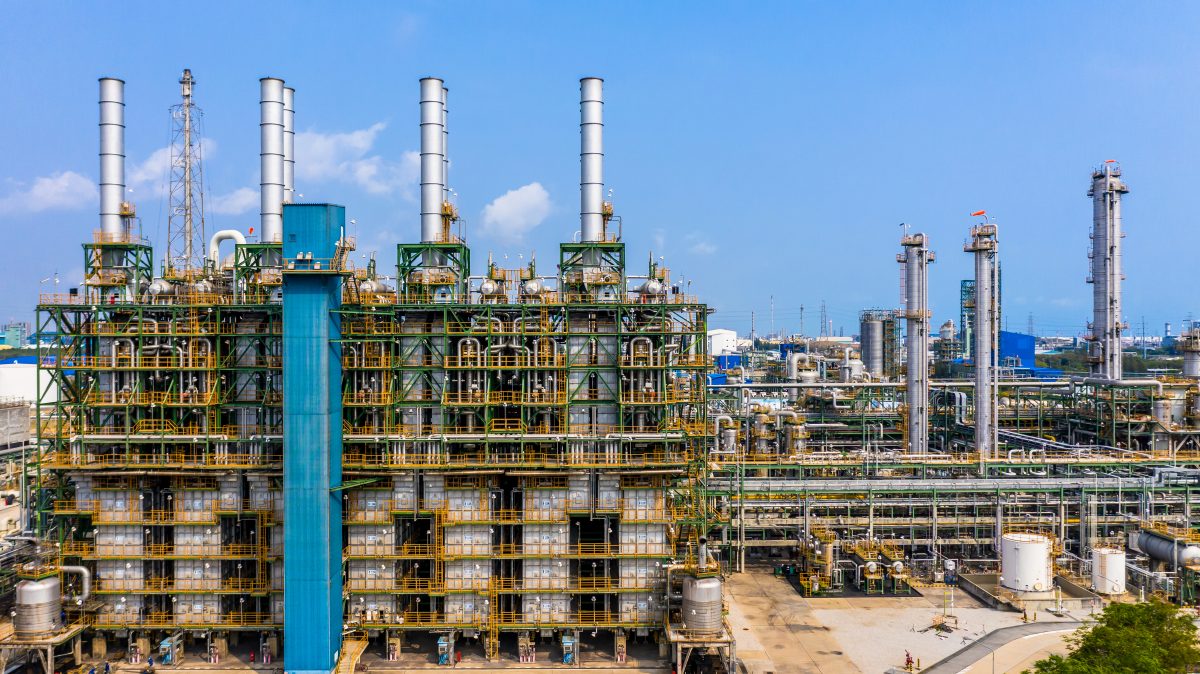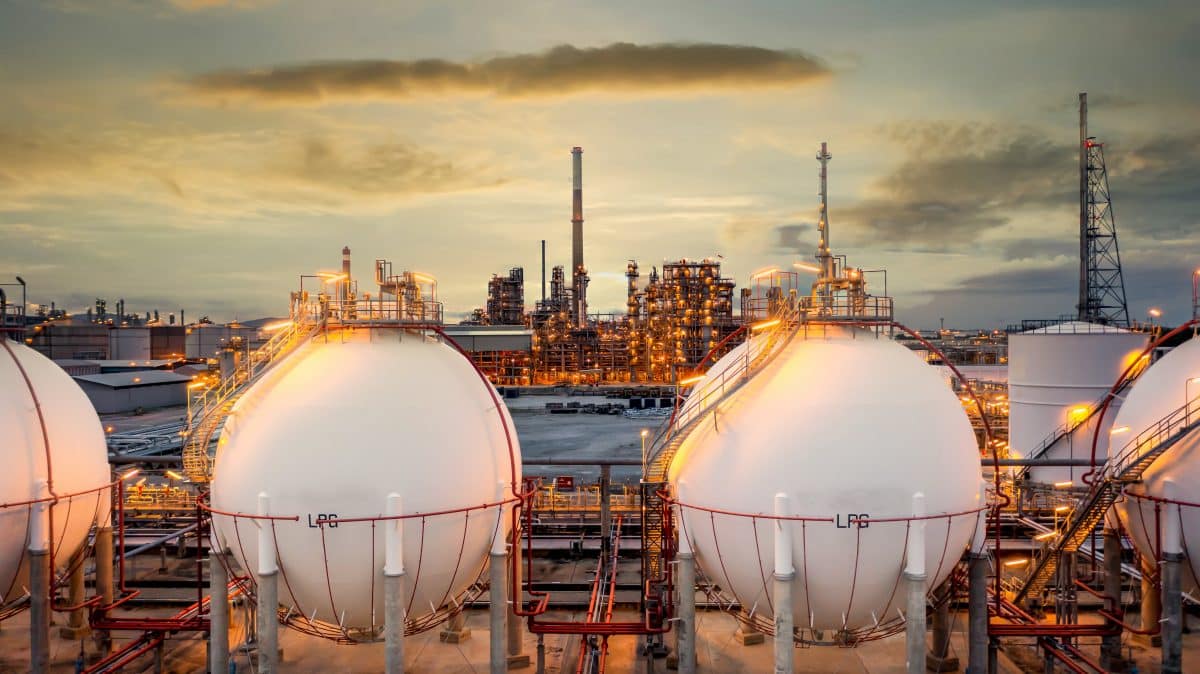China guzzled roughly 16.5 million b/d of the world’s oil supply in 2023, all liquids included. As the world’s second-largest oil consumer, accounting for about 16% of global demand, a peak or plateau in its refined oil product demand is crucial to the oil market. The timing of the peak and the pace of oil demand decline from there on will affect global oil balances and, consequently, oil prices.
“With a total oil demand tripling that of India’s, the world’s third-largest oil consuming nation, China is the only major developing country that is likely to see demand of gasoline and gasoil/diesel to reach a plateau at present or in the near future,” said Kang Wu, global head of oil demand research at S&P Global Commodity Insights. “While oil demand in nearly all developed countries has peaked, the vast majority of developing countries other than China will see their oil demand continue to grow in the foreseeable future.”
“As such, China is a decisive force in determining if and when the global oil demand will peak,” Wu added.
Analysts have varying views on the year when China’s oil demand will peak, but most of them agree the decline will not be so dramatic as to trigger a sharp downturn in global oil demand.
Commodity Insights projects China’s total refined product demand, excluding direct crude burn and all NGLs, will peak in 2027 at 16.4 million b/d. It consumed 15.5 million b/d in 2023. Global refined product demand is forecast to peak in 2028 at 91.5 million b/d, compared with 88.4 million b/d demand in 2023.
However, China’s oil demand growth in the second quarter of 2024 – merely 16 months after reopening from pandemic-related restrictions – has been slower than expected, with a year-on-year reduction in crude throughput. The combination of rapid growth in the displacement of road transportation fuels, muted demand from construction and manufacturing sectors, and extreme weather disruptions hit consumption.
The average utilization of independent refineries in China’s Shandong province fell to 52% in June 2024, the lowest level since March 2020, when the country’s oil demand was slowly recovering from the pandemic outbreak, data from local information provider JLC showed. China’s independent refineries are swing suppliers and their activity directly reflects the country’s oil demand.
Gasoil, the largest component of China’s oil barrel, accounting for about 22% or 3.8 million b/d of the country’s refined product demand, either already has or is close to reaching peak as growing sales of LNG-fueled heavy-duty trucks displace conventional diesel-powered trucks, analysts said.
Commodity Insights expects China’s gasoil demand to peak in 2027 at slightly over 4.0 million b/d. The International Energy Agency (IEA) estimates the demand to grow by 1.5% and 3.1% in 2024 and 2025, respectively, according to its monthly Oil Market Report dated July 11, while a few China-based analysts told Commodity Insights that gasoil demand has already peaked.
State-owned PetroChina’s Planning & Engineering Institute estimated China’s gasoil demand peaked in 2023 and will see a 5% year-on-year decline in 2024 amid sales of LNG-fueled heavy-duty trucks jumping more than 120% and displacing about 612,000 b/d gasoil this year.
CPPEI estimated gasoline demand had also peaked in 2023 at 155 million metric tons per year, or 3.6 million b/d, and has started to decline this year due to the rising proportion of new energy vehicles (NEV) and higher-efficiency internal combustion engine vehicles on the road.
Commodity Insights expects China’s gasoline demand will peak in 2025 at 3.8 million b/d. The IEA projects demand of the fuel to peak at 3.66 million b/d in 2024 and start to fall by 2.3% in 2025. NEV sales accounted for 43.8% of total vehicle sales in July — an all-time high.
January to July sales of battery electric vehicles and plug-in hybrid electric vehicles jumped 31.1% year-on-year, while ICE vehicle sales declined 6.5%, according to data from the China Association of Automobile Manufacturers. Meanwhile, new ICE vehicles are estimated to displace about 2%-3% of gasoline consumption due to improved energy efficiency, a senior refining economist with Sinopec said.
The peaking of China’s gasoline and gasoil demand is decisive in indicating the overall trend in China’s oil demand. Demand for other transportation fuels, led by jet fuel and fuel oil, is expected to continue rising but they account for a smaller proportion of China’s overall oil demand.
It should be noted, however, that when it comes to oil liquids as a whole, including petrochemical feedstocks such as LPG and ethane, it will take a few more years before China’s demand stops growing.
A later peak for gasoil demand, based on some analyst projections, would be mainly due to a more optimistic expectation in the development of China’s construction and manufacturing sectors, information collected by Commodity Insights showed.
Shift to petrochemicals
An earlier-than-expected peak for refined products — estimated mainly by research arms connected with China’s state-run oil companies — would lead to a decline in the country’s crude imports until demand surges for petrochemical products.
Market sources said the demand wave of petrochemical products is unlikely to happen until 2027. Bracing for a demand peak in refined oil products, most refineries in China, whether state-owned or independent, have been heavily investing in facilities to shift to petrochemical production.
However, trade sources in the petrochemicals sector said that China’s ongoing property market crisis, coupled with the economic slowdown, will continue discouraging demand for petrochemical products in the foreseeable future. “It will take a few years for the petrochemical industry to recover from the recession cycle,” the senior refining economist with Sinopec said.
China’s January-July crude imports have fallen nearly 3% year on year, official customs data showed, due to slow demand for refined and petrochemical products. On the other hand, domestic crude output rose 1.6% to 4.3 million b/d in the same period.
Despite the year-on-year decline, crude imports so far in 2024 remain the second highest in history – slightly above the third highest of 10.70 million b/d seen in the same period of 2021, according to customs data.
Medium sour crudes remain in favor
China’s appetite for medium sour crudes is unlikely to change for at least the next five years due to the configuration of Chinese refineries and refining economics, the senior refining economist with Sinopec said. API and sulfur content of the crudes that China imports averaged at 30.5 and 1.57%, respectively, as of June, almost flat to the 30.4 and 1.48% levels seen in 2017.
“There were some up and down between 2017 and 2024, but the changes are more related to price movements of different grades of crude rather than refinery configuration,” Mengbi Yao, a senior research analyst with Commodity Insights said.
Most of China’s refineries are designed to process medium sour crudes, including the new private mega plants and the ones built by Sinopec and PetroChina. Refineries that can process cheaper heavy, sour barrels follow, led by PetroChina’s new Guangdong Petrochemical, as well as the independent refineries in Shandong province.
The Middle East remains China’s top crude supplier by region, with its market share steady at 54.2% in H1 from 54.4% in the same period of 2023, Commodity Insights estimates. The configuration of China’s refining sector has encouraged Saudi Aramco, the world’s top crude producer, to invest in China’s integrated refineries. Aramco has a 30% interest in a planned integrated refinery and petrochemicals complex in Panjin in northeast China.
In March 2023, Aramco acquired a 10% interest in China’s Rongsheng Petrochemical. As of July, it has been in talks with Shenghong Petrochemical and Hengli Petrochemical for potential investments. Saudi Aramco is China’s biggest crude supplier. Its Arab Heavy (API 27.7, 2.87% sulfur) coupled with Arab Medium (API 30.2, 2.59% sulfur) crudes account for more than 63% of the Middle East crudes supplied to China, S&P Global Commodities at Sea data showed.
Meanwhile, most of the brownfield refineries are shifting production from oil products to petrochemical products by adopting the route of naphtha/LPG to ethylene to extend the value-chain, a Beijing-based analyst said.
“Generally speaking, the existing refineries will stick to the most competitive crudes, which are the medium and light grades from the oil-rich Middle East, North Africa, Norway and Guyana,” the Sinopec economist said, adding that the profitability from processing these grades was better due to their lighter yields, although the heavy barrels are cheaper.
“But in the future, when oil product demand slumps and aging refineries are phased out, light feedstocks will be in favor, led with NGL, LPG and followed by light crudes for directly cracking into ethylene, than the conventional route of refining light, medium crudes into ethylene as well as oil products,” the Sinopec economist added.
By: Oceana Zhou / 14 Oct 2024.


